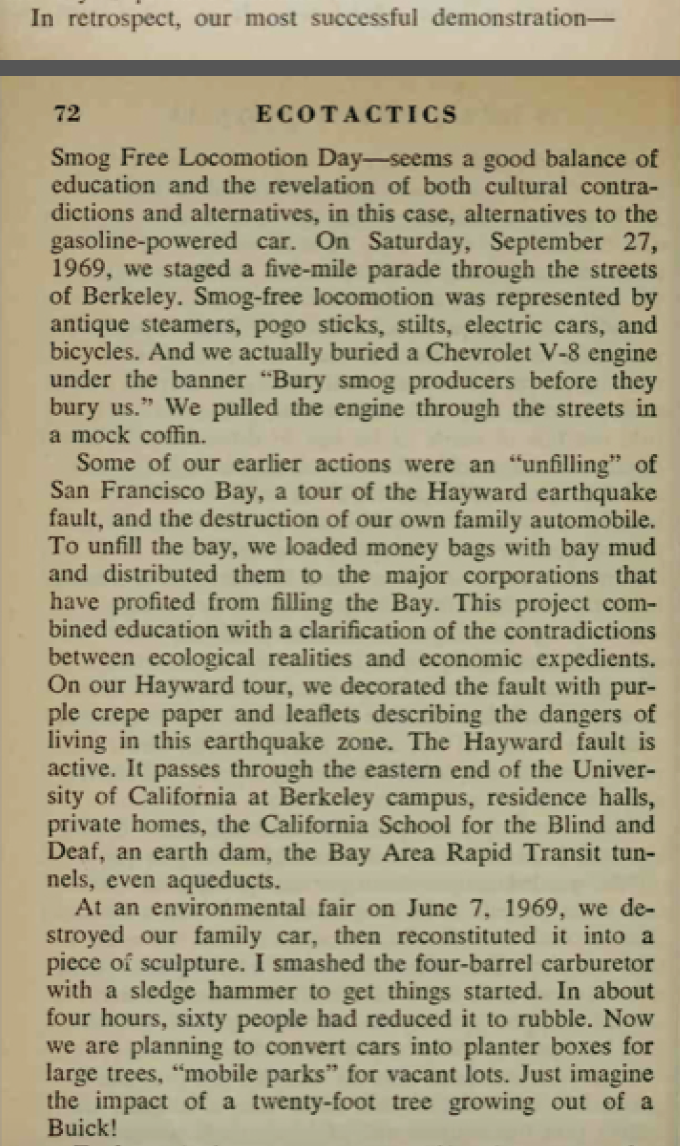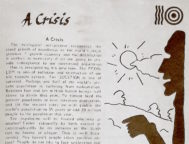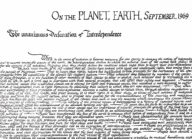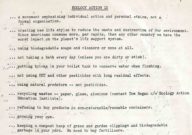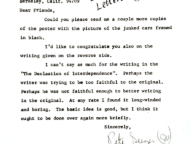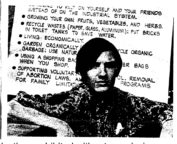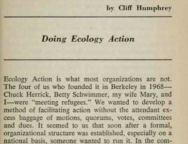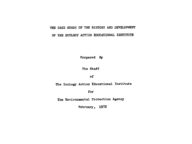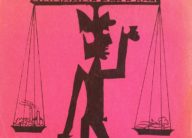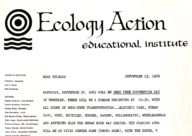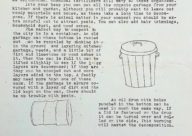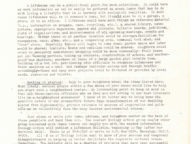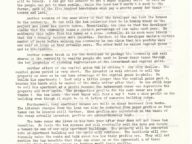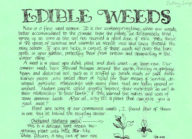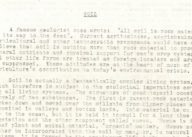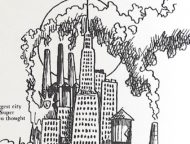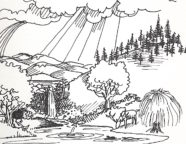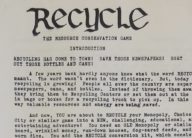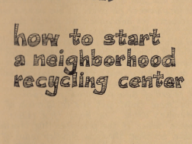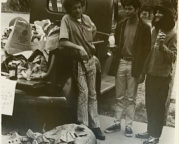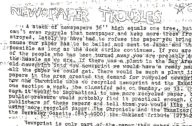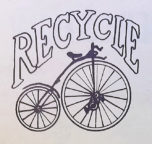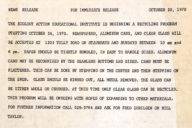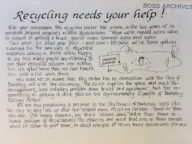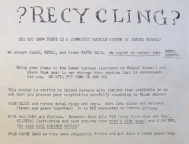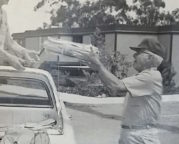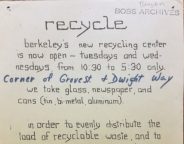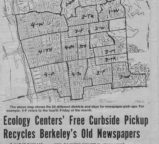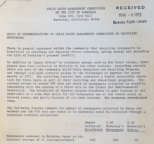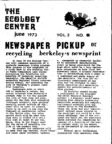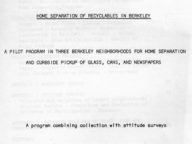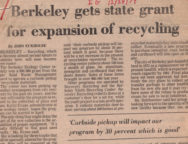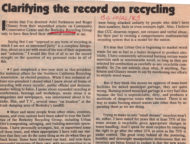In “Doing Ecology Action,” Cliff Humphrey tells the story of Ecology Action and articulates the ideology behind the movement.
He begins by noting that the group was born out of a sense of disenchantment with organizations on the left (and organizations more generally): Ecology Action was “what most organizations are not,” he declares. Its founders, he says, were all “meeting refugees”: they wanted to take constructive action and not be swamped by the protocols of motions, committees, votes and dues.
From there Humphrey lays out the world-view of Ecology Action: that there is a “tragic contradiction” between our valuing of “health, comfort, joy and security” and “our naive attempts to fulfill” these values. Ecology Action exists, then, to effect a reorientation so that people live their lives, in ways big and small, in tune with their values.
More specifically, Ecology Action targets three cultural practices: (1) “irrelevant practices” (buying unnecessary consumer items, like the new model of a car); (2) “necessary but possibly dangerous practices” (such as the procuring of energy); and (3) “destructive practices” (such as the destruction of soil, pollution, and warfare).
At the end of the essay, Humphrey relates, in some detail, the events that the group organized in Berkeley during its early years. Geared to “education and the revelation of both cultural contradictions and alternatives,” Ecology Action’s events had a strong sense of theater to them.
